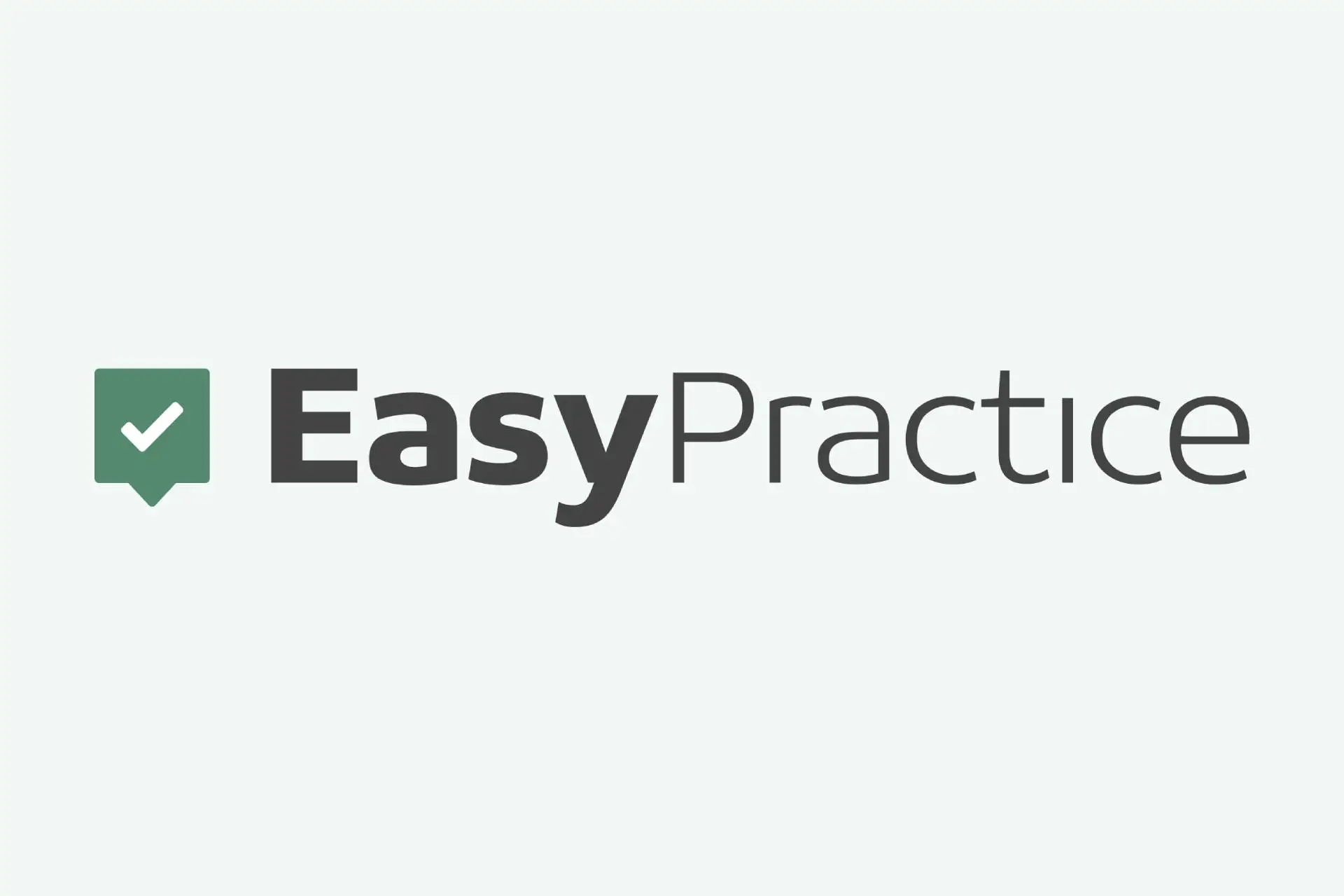In recent years, and especially after the Covid-19 pandemic, there has been a development in the therapeutic field. The demand after online therapy has seen an increase as a convenient and accessible alternative to traditional in-person therapy. With the advancement of technology, individuals can now be offered professional help and support from the comfort of their homes. However, one common concern among those considering online therapy is whether it can provide the same level of connection and effectiveness as face-to-face sessions. However, we believe that with the right approach, building a strong therapeutic connection in online therapy is not only possible but can also lead to an online therapy success.
What is the therapeutic connection?
Therapeutic connection is the clue to an online therapy success. It’s also known as the therapeutic alliance or therapeutic relationship, and refers to the bond and relationship that develops between the therapist and the client during the course of therapy. It is an important part of the therapeutic process and has a significant impact on the effectiveness of the outcome of the therapy.
This connection is characterized by trust, mutual respect for each other, empathy and collaboration. It further involves creating a safe and supportive environment where clients feel comfortable and secure in expressing their thoughts, emotions and experiences. By proving a strong relationship, it allows clients to feel understood, validated, and accepted without judgment. It provides a space where they can share their vulnerabilities, explore their concerns and work towards personal growth and healing. The therapist’s ability to establish and nurture this connection is crucial in facilitating the therapeutic process and helping clients achieve their therapeutic goals
Therefore, the connection between the therapist and the client provides a foundation for therapeutic work, allowing for open communication, exploration of emotions, and the development of insight and self awareness.

Okay – but how do we establish this online?
A lot might find it difficult to establish a good and strong connection with each other online. Some might work it out, but it’s not strong enough to build that good connection. Therefore, we will try to provide you with some tips that can help build an online therapy success.
1. Establish clear expectations and boundaries
Setting clear expectations and boundaries right from the beginning is crucial in online therapy. Both the therapist and the client should have a mutual understanding of the therapeutic process, including the frequency and duration of sessions, communication methods, and any technological requirements. Discussing confidentiality and informed consent is essential to build trust. By establishing clear expectations, everyone involved can feel more confident and secure, allowing the therapeutic relationship to develop in a positive and structured manner. Regularly revisiting and reinforcing these expectations throughout the therapy journey is also important to maintain alignment and transparency.
2. Enhance communication and active listening
Effective communication lies at the heart of any therapeutic relationship, whether it’s in person or online. In online therapy, it’s essential to pay extra attention to communication strategies to compensate for the lack of nonverbal cues that might be more noticeable in face-to-face interactions. Therapists can encourage clients to express themselves openly and honestly, while actively listening and providing empathetic responses. Active listening involves focusing on the client’s words, tone, and emotions, ensuring that they feel heard and understood. Therapists can use verbal affirmations and paraphrasing to demonstrate active listening and validate the client’s experiences. Additionally, using open-ended questions can promote deeper exploration and reflection. Regular check-ins regarding the client’s satisfaction with the therapeutic process can also help identify any potential communication gaps and address them promptly.
3. Utilize video conferencing
While text-based communication can be suitable for certain situations, incorporating video conferencing into online therapy can significantly enhance the therapeutic connection. Video allows for visual cues, facial expressions, and body language, which are essential for building rapport and trust. It creates a more personal and engaging experience, bridging the gap between physical distance and emotional connection. Therapists should ensure a stable internet connection, appropriate lighting, and a comfortable environment to facilitate effective video sessions. They can also guide clients on optimizing their setup for optimal engagement. Using video also enables therapists to observe nonverbal cues and provide appropriate interventions. However, it is essential to be mindful of cultural considerations and respect the client’s comfort level with video interactions. Flexibility should be offered if video conferencing is not feasible for certain individuals due to technical limitations or personal circumstances.

4. Embrace technological tools and resources
The advancement of technology has brought forth various tools and resources that can support the therapeutic process in online therapy. Therapists should explore and integrate these resources to create a more engaging and interactive experience for clients. For instance, they can utilize virtual whiteboards, chat features, or online journaling platforms to facilitate communication, reflection, and homework assignments. These tools can enhance collaboration and provide clients with additional avenues for self-expression. Incorporating interactive activities, such as guided imagery exercises or online assessments, can also add depth and variety to the therapy process. However, it is crucial to ensure that clients are comfortable with the technology being used and to provide clear instructions on how to navigate and utilize these tools effectively. Therapists should also stay updated on new technological advancement in the field of online therapy and assess their suitability for their clients needs.
5. Foster a safe and trusting environment
Establishing a safe and trusting environment is paramount in online therapy. Therapists should prioritize confidentiality, privacy, and data security to ensure clients feel safe and comfortable sharing their thoughts and emotions. It is crucial to explain the security measures in place, such as encrypted communication platforms, and obtain informed consent regarding data storage and protection. Therapists should also be transparent about their professional qualifications, licensing, and code of ethics to build trust and credibility.
Creating a safe space involves demonstrating empathy, compassion, and non-judgment. Therapists should validate clients’ experiences and emotions, fostering a non-critical and accepting atmosphere. They can emphasize the importance of confidentiality and assure clients that their information will remain confidential within legal and ethical limits. Additionally, therapists should encourage open dialogue about any concerns or questions related to the therapy process, building a collaborative relationship based on trust and mutual respect.
6. Mindful adaptation and flexibility
Online therapy requires therapists to be adaptable and flexible in their approach. Every client is unique, and their needs may vary. Therapists should be mindful of cultural differences, individual preferences, and potential technological limitations. Flexibility can be demonstrated by offering different modes of communication (e.g., chat or email-based sessions), adjusting session lengths to accommodate different time zones, or providing alternative therapeutic interventions when video conferencing is not possible. It is important to regularly check in with clients to assess their comfort level and make any necessary adjustments to meet their needs effectively.
Therapists should also be mindful of the potential impact of technology on therapeutic dynamics. They should be aware of the potential for technological disruptions or glitches during sessions and have contingency plans in place to handle such situations gracefully. Open communication and transparent problem-solving can help minimize any disruptions and ensure the continuity of the therapeutic relationship.
7. Encourage reflective practice and homework assignments
To strengthen the therapeutic connection and promote continuous growth, therapists can encourage reflective practice and assign homework between sessions. Reflective exercises, such as journaling or guided self-reflection, allow clients to explore their thoughts, emotions, and experiences in a structured manner. These activities can deepen their understanding, promote self-awareness, and facilitate meaningful discussions during therapy sessions.
Homework assignments can serve as an extension of therapy, helping clients apply therapeutic concepts and strategies to their daily lives. It encourages active participation and empowers clients to take ownership of their therapeutic journey. Therapists should provide clear instructions, offer support when needed, and allocate time during sessions to discuss and process the insights gained from the homework assignments. This collaborative approach strengthens the therapeutic alliance and helps clients integrate therapeutic principles into their lives outside of therapy sessions.
8. Continuous professional development and supervision
To ensure the delivery of high quality online therapy, therapists should engage in continuous professional development and seek supervision or consultation when needed. Online therapy is a dynamic field that constantly evolves, with new research, guidelines and best practice emerging. By staying up to date with the latest advancements, therapists can refine their skills, expand their knowledge base and enhance their ability to build strong therapeutic connections online.
Supervision or consulting provides therapists with valuable feedback, guidance, and support from experienced professionals in the fields. It offers an opportunity to reflect on their therapeutic approach, address any challenges, and gain fresh perspectives. This can be particularly useful when it comes to online therapy as it is so new and there is an opportunity to learn from each other and share knowledge. Supervision also ensures therapists ́adherence to ethical standards and promotes the provisions of culturally sensitive and competent care in the online therapy setting, which further can lead to an online therapy success.

Conclusion on establishing an online therapy success
Online therapy has emerged as a valuable and accessible medium for mental health support. Building a strong therapeutic connection is pivotal to the success of online therapy. By implementing the tips discussed in this article, therapists can enhance their ability to form meaningful connections with clients, foster a safe and supportive environment, and promote positive therapeutic outcomes. This can lead to online therapy success.
Establishing clear expectations, enhancing communication and active listening, utilizing video conferencing, embracing technological tools, fostering a safe and trusting environment, practicing mindful adaptation and flexibility, cultivating emotional presence and empathy, encouraging reflective practice and homework assignments, and engaging in continuous professional development are all key elements in building a stronger therapeutic connection in online therapy.
With dedication, empathy, and a commitment to ongoing growth, therapists can create a virtual therapeutic space that facilitates healing, growth, and positive change. By harnessing the potential of online therapy and nurturing the therapeutic connection, both therapists and clients can embark on a transformative journey towards improved mental health and well-being.
If you’d like to read more from EasyPractice, you can check out our blog here. Have you not checked out EasyPractice, you can check it out here. If you have any feedback or questions, feel free to reach out to us at [email protected] – we look forward to talk to you!

 alt EasyPractice logo
alt EasyPractice logo alt tab and computer
alt tab and computer alt Online scheduling
alt Online scheduling